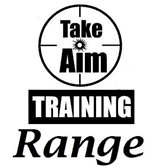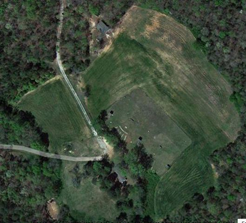
|
|
8 Challenge Events for SC YHEC State Tournament
A. Hunting Archery Challenge
1) Hunting Archery Challenge: Participants will move through a field archery course in a natural setting. The course is designed to simulate shooting situations encountered while bowhunting. 2) The Hunting Archery Challenge will be conducted with participants taking shots at targets varying in distance from 10 to 40 yards. Targets will be either NRA Life-size Game Targets or 3-D game targets with scoring areas directly over the vital areas of the animal. NOTE: A time limit of 45 seconds will be applied at each station. 3) Achievement Levels - There are four achievement levels in the Hunting Archery Challenge. They are as follows: a. Hunting Archer Achiever b. Hunting Archer Sharpshooter c. Hunting Archer Expert d. Hunting Archer Master 4) Scoring - Each participant will shoot a total of 30 shots. All shots breaking or touching the vital area or body will be counted as "hits." (Shots touching leg or antler areas will not count as “hits.”) Challenges must be made on the range before the next arrow is pulled. All arrows must have either glue on or screw in target or field points. The Hunting Archery Challenge has the maximum possibility of 300 points. 5) To achieve the different levels, participants will be required to do the following: a. Hunting Archer Achiever: 10 shots in vital hit area out of 30 with a minimum total of 80 points. b. Hunting Archer Sharpshooter: 17 shots in vital hit area out of 30 with a minimum total of 153 points. c. Hunting Archer Expert: 24 shots in vital hit area out of 30 with a minimum total of 216 points. d. Hunting Archer Master: 28 shots in vital hit area out of 30 with a minimum total of 262 points. 6) Archery and Equipment Required a. Shooters may use only one bow for this activity (exception - bow malfunction). b. All participants will be required to carry arrows in a quiver (not in pockets or by hand). Permitted a. Only hunting-type compounds, recurves or long bows will be permitted. b. Bows may be equipped with hunting-type sights. c. Self-adjusting sights (i.e. Sightmaster). d. Binoculars Prohibited a. Extended sight bars that measure farther than six inches from the back of riser of bow to front of sight b. Manually adjustable sights may have no more than six sight pins or be adjusted to more than six sight positions c. More than one stabilizer d. Stabilizers over twelve inches e. Range finders f. Crossbows g. Broadhead hunting tips h. Arrow shafts that do not have target or field points i. Sights that have lens with or without magnification j. Shocker Points k. Bludgeon Points 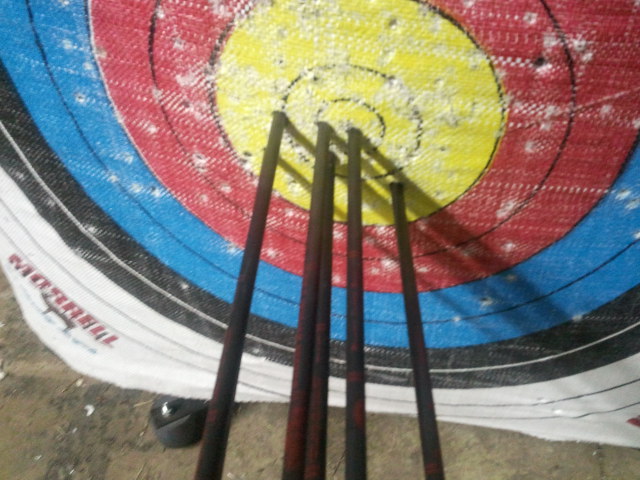 |
B. Hunting Muzzleloader Challenge - NOTE: Smoking prohibited on this venue. No open cans of powder on the firing line or loading bench.
1) Hunting Muzzleloader Challenge: Participants will shoot the muzzleloader course in a natural setting. The course is designed to simulate shooting situations encountered while hunting. The participants will also be required to take a 30-question exam. The Muzzleloader Exam will be taken in conjunction with the Hunter Responsibility Exam. 2) The Hunting Muzzleloader Challenge will be conducted with participants shooting at NRA-approved action or NRA Life-Size Paper targets varying in distance, with scoring areas determined by type of target(s) used. Participants will shoot from three positions. A participant will be allowed fifteen minutes per position with the complete course to be fired in 45 minutes. This time period does not include breaks between shooting position (short, medium and long range.) Time will be at the discretion of the Event Director. The Hunting Muzzleloader Challenge will also include a written test (see 4. Scoring portion of this event section). a. Position one (1) - (short range) may have a distance of 35 yards or less. Participants will shoot from a standing position with no props permitted at these distances or position. b. Position two (2) - (medium range) may have a shooting distance of 50 yards or less. Participants may use any shooting position (excluding prone). c. Position three (3) - (long range) may have a shooting distance of 75 yards or less. Participants may utilize any shooting position and available props. Props to be utilized will be at the discretion of the Event Director. 3) Achievement Levels - There are four achievement levels in the Hunting Muzzleloader Challenge. They are as follows: a. Hunting Muzzleloader Achiever b. Hunting Muzzleloader Sharpshooter c. Hunting Muzzleloader Expert d. Hunting Muzzleloader Master 4) Scoring - Participants will shoot a total of five (5) shots worth ten (10) points, at each of three (3) positions totaling 15 rounds and a possible total of 150 points for the shooting portion of the event. Participants will take a written test that will consist of thirty (30) true or false questions relating to the safe use and maintenance of muzzleloading firearms. Each question will be worth five (5) points for a possible total score of 150 points for the written portion of the event. (The following NRA publications will serve as reference texts: The Muzzleloading Rifle Handbook and The Hunter's Guide. (Ordering information may be obtained by contacting the NRA Hunter Services Dept., 703-267-1523.) The Hunting Muzzleloader Challenge has a maximum possibility of 300 points. 5) To achieve the different levels, participants will be required to do the following: a. Hunting Muzzleloader Achiever: 7 hits on the target out of 15 with 9 questions answered correctly - minimum score of 115 points. b. Hunting Muzzleloader Sharpshooter: 9 hits on the target out of 15 with 15 questions answered correctly - minimum score of 165 points. c. Hunting Muzzleloader Expert: 12 hits on the target out of 15 with 23 questions answered correctly - minimum score of 235 points. d. Hunting Muzzleloader Master: 14 hits on the target out of 15 with 27 questions answered correctly - minimum score of 275 points. 6) Muzzleloaders and Equipment Required a. Participants may use only one muzzleloader rifle throughout this activity (exception - muzzleloader malfunction). b. If participants are sharing the same firearm, they must shoot on separate relays. Permitted a. Any flintlock, disk, percussion, musket cap or 209-primer type muzzleloading rifles .54 caliber or smaller will be permitted. Accessories for .45 and .50 caliber muzzleloaders will be available for use during the event. Participants choosing to use another caliber (i.e. .54) are required to furnish their own accessories. b. Muzzleloaders may have a set trigger, not to be set until ready to fire. c. Muzzleloaders may be equipped with sporter type thumbhole stocks (non-adjustable). Muzzleloaders may also be equipped with a sling not to exceed 1 inches (3.81 centimeters) in width. d. Sights will be open or peep with standard front post and bead. e. Muzzleloaders may be loaded with single projectile patched balls or pure lead bullets. f. Participants are allowed to use their own accessories, however all accessories must be inspected by event officials prior to participation. Caps to be used must be presented to range officials in a capper. g. Participants are allowed to use black powder substitutes (i.e. Triple 7). Prohibited a. Shooting mats b. Binoculars, monoculars, spotting scopes or telescopic sights (optical devices) c. Range finders d. Open cans and/or dispensers of powder on the line e. No more than 60 grains ignition components by volume f. Pure lead bullets/balls weighing more than 385 grains g. Adjustable competition sling swivels h. Any smokeless or nitro cellulose-based powder i. Muzzleloaders larger than .54 caliber j. More than one shooting position per shooting sequence k. Wooden ramrods l. Metal-jacketed bullet sabots m. Cross hairs, globes, and other target front or rear sites are prohibited. 7) Shooting Procedures - Participants only will be allowed on the station or firing line while shooting each station. The score judge or range officer will oversee firing line, loading bench and the participant as required. The participant will shoot his/her quota of rounds and return the gun to the bench. This sequence is repeated for each participant until all have completed the activity. Participants will be allowed to clean firearms. 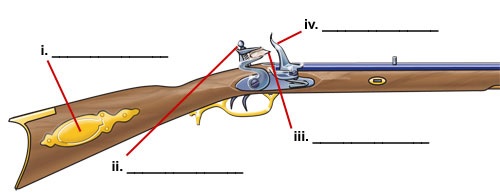 |
C. Hunting Shotgun Challenge
1) Hunting Shotgun Challenge: Participants will compete in a 5 Stand Hunter's Clays course. 2) The Hunting Shotgun Challenge will be conducted with participants taking shots at clay targets. Sizes of the clay targets may vary depending on different situations. Single and Double targets will be thrown. Double targets may be presented as report, following or true pair. 3) Achievement Levels - There are four levels of achievement in the Hunting Shotgun Challenge. They are as follows: a. Hunting Shotgun Achiever b. Hunting Shotgun Sharpshooter c. Hunting Shotgun Expert d. Hunting Shotgun Master 4) Scoring - Each participant will shoot a total of 30 shots, each worth 10 points for a hit (broken target) and zero points for a miss (lost target). The Hunting Shotgun Challenge has a maximum possibility of 300 points. Designated NRA YHEC officials will do International YHEC event scoring. Only legal targets will be scored and the score judge will be sole judge of whether or not a target is broken. Officials may ask assistance from the trap puller or the range official if they feel their assistance is required. The scorers will call "lost" for any target they determine is missed. The participant must make any challenge to the call immediately. The score judge will then make the final decision with assistance from the trap operator and/or the range official. Scoring Pairs Should the participant break both targets with either the first or second shot, they will both be scored as “dead” targets. In the event of a “no bird” call on the second target of a report pair, the first bird is established as “dead” or “lost” and the shooter will repeat the pair to establish the result of the second target. When repeating the pair, the shooter must make a legitimate attempt at breaking the first target. In the event of a “no bird” call on true pair or following pair, nothing is established. The shooter will repeat the pair. In the event of a “shooter malfunction” on the first target of a report pair, the first target is established as “lost.” The shooter will repeat the pair to establish the result of the second target. When repeating the pair, the shooter must make a legitimate attempt at breaking the first target. Rule and/or procedure violations may be referred to NRA staff and officials for settlement, but legality of targets is the responsibility of the score judge. Only targets with a visible piece broken off will be scored "dead". Dusters, targets deflected or redirected in flight (but with no visible breakage) will be scored "lost". Based on the scorer's judgment, should a target hit an obstruction (i.e. tree or tree limb) before the participant has had ample time to fire, a new target will be thrown. However, should the participant have ample time to fire (in the scorer's judgment), and fails to do so before the target hits an object near the end of its path and breaks, the target will be scored "lost". 5) To achieve the different levels, participants will be required to do the following: a. Hunting Shotgun Achiever: 10 shots, scored as hits, out of 30 with a minimum score of 100 points. b. Hunting Shotgun Sharpshooter: 17 shots, scored as hits, out of 30 with a minimum score of 170 points. c. Hunting Shotgun Expert: 24 shots, scored as hits, out of 30 with a minimum score of 240 points. d. Hunting Shotgun Master: 28 shots, scored as hits, out of 30 with a minimum score of 280 points. 6) Shotguns and Equipment Required a. Participants may only use one shotgun throughout the activity, (exception - gun malfunction). Permitted a. Any shotgun 12 gauge or smaller will be permitted. b. Double targets will be thrown in some instances; therefore the shotgun should be capable of holding two shells. NRA International YHEC officials will furnish 12- and 20- gauge ammunition in low brass target loads (the specific manufacturer and type of loads will be at the discretion of the NRA). Those choosing a gauge other than that detailed above are required to furnish their own shells. c. Only factory-loaded target shells with shot size between 7 ½ and 9 (inclusive) will be permitted. It will be the responsibility of the participant/coach to provide this ammunition to the event officials prior to the activity. Prohibited a. Release triggers b. Shot size larger than 7 c. Shot size smaller than 9 d. Ventilated rib greater than inch in height or width e. Shotguns 10 gauge or larger f. Shotguns without safety or safety has been disabled 7) Shotgun Shooting Rules a. Safety and courtesy are first in gun handling; therefore, all guns will be carried unloaded and with actions open. b. Shotguns, shotguns with choke tubes as well as shotgun barrels are not to be changed during the shotgun activity. Participants may use only one shotgun throughout the activity (exception - shotgun malfunction). c. Cheek stocks or butt plates may be adjusted prior to event orientation. No further adjustments will be allowed once competition has begun. 8) Shooting Procedures - Each participant may or may not be allowed to see one legal target from each trap prior to shooting the activity at the station. Only participants will be allowed on the station or firing line while shooting each station. The score judge or range officer will hand shells to the participant as required. The participant will shoot his/her quota of targets and return the gun to the rack. This sequence is repeated for each participant until all have completed the activity. The sequence for calling for a target to be thrown is: a. The participant will say “Trapper ready.” b. The trapper will acknowledge. c. Upon the trapper’s acknowledgement, the participant will say, “Pull.” d. The trapper will have up to 3 seconds to release the target. The "ready position" in calling for the target requires the gun to be off the shoulder with the butt plate below the armpit. The firearm may not be shouldered until after the target is visible. In other words, in case of a delay pull, the participant cannot call for the target and immediately shoulder the gun. The participant must wait for the target to appear. a. Legal Target - whole clay target that is thrown from the trap in a prescribed pattern within the five-second time limit after the participant calls for the target. b. Illegal Target - Target broken by the trap or another obstruction. Illegal targets will be re-thrown for the participant, regardless of whether or not the participant fires at the target. 9) Malfunctions - a. The following occurrences will be considered malfunctions and new target(s) will be thrown: i. Ammunition malfunction ii. Trap or trap operator failure b. The following malfunctions will not be allowed and targets will be scored "lost": i. Participant error ii. Failure to load gun iii. Failure of gun to fire (other than defective ammunition) iv. Failure of gun to reload v. Failure to select safety to off c. Should a gun break through no fault of the participant, another gun may be borrowed and the activity continued. However, if the breakage occurs during the firing at a target, and the target is missed, it will be scored as "lost". In the case of an ammunition malfunction, the shooter must remain in place, the gun pointing safely down range, and must not open the gun or tamper with the trigger, safety or barrel selector until instructed to do so by the NRA staff or volunteer present. The NRA staff or volunteer will determine if the firing pin came in contact with the primer. If the firing pin did, an ammunition malfunction will be called and the targets will be re-thrown. A second ammunition malfunction by the same participant will require the Event Director to determine if it is a gun malfunction or true ammunition malfunction. |
D. Light Hunting Rifle Challenge 1) Light Hunting Rifle Challenge: Participants will move through a walk-through rifle course in a natural setting. The course is designed to simulate shooting situations encountered while hunting.2) The Light Hunting Rifle Challenge will be conducted with participants shooting at NRA Life-Size Paper or NRA-approved action targets varying in distance, with scoring areas determined based upon type of target (s) used. Participants will shoot from three positions. a. Position one (1) – (short range) may have a distance of 30 yards or less. Participants will shoot from a standing position with no props permitted at these distances. b. Position two (2) - (medium range) may have a distance of 60 yards or less. Participants may use any shooting position (excluding prone) with the vertical post prop as the only aide. c. Position three (3) - (long range) may have a distance of 75 yards or less. Participants may use any shooting position and utilize any available props. 3) Achievement Levels - There are four levels of achievement in the Light Hunting Rifle Challenge. They are as follows: a. Hunting Rifle Achiever b. Hunting Rifle Sharpshooter c. Hunting Rifle Expert d. Hunting Rifle Master 4) Scoring - Each participant will shoot a total of 30 shots. All shots breaking or touching the vital area will be scored as a "hit" on the NRA Life size game paper target or any shot knocking down the NRA approved action target will be scored a “hit.” A participant will be allowed 2 ½ minutes per shooting station with the complete course to be fired in 15 minutes. At each shooting station the range officer will indicate when the time begins. This time period does not include breaks between shooting stations (short, medium and long range.) The Hunting Rifle Challenge has a maximum possibility of 300 points. 5) To achieve the different levels, participants will be required to do the following: a. Hunting Rifle Achiever: 10 shots in vital hit area out of 30 with a minimum total of 100 points. b. Hunting Rifle Sharpshooter: 17 shots in vital hit area out of 30 with a minimum total of 170 points. c. Hunting Rifle Expert: 24 shots in vital hit area out of 30 with a minimum total of 240 points. d. Hunting Rifle Master: 29 shots in vital hit area out of 30 with a minimum total of 290 points. 6) Rifles and Equipment Required a. Participants may only use one rifle throughout the activity, (exception - gun or scope malfunction). Permitted a. Only standard type .22 caliber rifles designed primarily for hunting will be permitted. b. All action types, excluding fully automatic, will be permitted. A rifle and scope may not exceed eight pounds-eight ounces in weight without a sling and must have a minimum trigger pull of two pounds (907 grams). Trigger weight will be tested after trigger is set on firearm. c. Rifles may be equipped with a hunting sling not to exceed 1width. Slings must be attached at both ends of the firearm (forearm and butt stock) during the course of fire. d. Slings and scopes may be adjusted after the instructions and the order to commence firing at each station. Adjustments must be completed prior to the first shot. After the first shot at each station NO adjustments may be made. The maximum time for each station includes any scope and/or sling adjustments. e. Adjustments to the scope include power and/or focus adjustments. f. Rifles may also be equipped with sporter-type thumbhole stocks (non-adjustable). g. Sights will be open, peep with standard front post and bead, or hunting scopes, fixed or variable power optics nine power or less. h. All ammunition used in this activity will be .22 caliber long rifle cartridges. Participants are allowed to furnish their own ammunition; however, ammunition must be presented to range officials for inspection prior to participation. i. Distribution of ammunition provided by the NRA will be at its discretion. If possible, the NRA will notify participants of the specific type of ammunition once received by the NRA to facilitate advance rifle sight-in. Prohibited a. Clothing with added padding, stiffness or shirt cup designed to assist shooter in remaining steady b. Shooting mats c. Kneeling rolls d. Competitive thumbhole stocks e. Palm rests or forearm of stocks exceeding 2 1/2 inches wide or 2 1/2 inches deep as measured from the center line of the bore f. Scopes, fixed or variable power optics with capabilities greater than nine power - NOTE: Taping of scopes will not be allowed. g. Range finders h. Spotting scopes i. More than one shooting position per shooting sequence j. Shooting sticks, bipods or other similar equipment 7) Crossfires - a. If a participant's target has been shot more than the rounds fired by that participant, the target has been "cross fired." i. Event Director must determine that the crossfire was unintentionally caused (with no malicious intent) by participants on the firing line. If this is established, the cross-fired target will receive the total score of rounds inside the scoring area (not to exceed the maximum score for that round of shooting). The participant committing a crossfire act will only be scored for the amount of rounds inside their actual target's scoring areas. ii. Should the Event Director find that cross firing was an intentional act by participants to gain unfair advantage, all parties involved will be immediately disqualified from the event and will subsequently receive "DQ" (amounting to "0") under both individual and team scores. |
E. Hunter Responsibility Exam
1) Hunter Responsibility Exam: Participants will complete a written examination that includes 60 objective questions, which may be multiple choice, true or false or fill-in-the-blank. 2) The Hunter Responsibility Exam consists of broad-based hunting and conservation information. The following publication will serve as a reference text: NRA's The Hunter's Guide. (Ordering information may be obtained by contacting the NRA Hunter Services Dept., 703-267-1523.) 3) Achievement Levels - There are four achievement levels in the Hunter Responsibility Exam. They are as follows: a. Hunter Exam Achiever b. Hunter Exam Scout c. Hunter Exam Expert d. Hunter Exam Master 4) Scoring - Participants will be asked to answer all or as many questions possible in the allotted amount of time. Participants must answer all test questions with no assistance from other participants, written materials or coaches. Students will have 60 minutes (one hour) to complete the test. Correct answers are worth five points; incorrect answers are worth zero points. The Hunter Responsibility Exam will consist of 60 questions, with a maximum possibility of 300 points. 5) To achieve the different levels, participants will be required to do the following: a. Hunter Exam Achiever: 27 correct answers out of 60 with a minimum total of 135 points. b. Hunter Exam Scout: 40 correct answers out of 60 with a minimum total of 200 points. c. Hunter Exam Expert: 50 correct answers out of 60 with a minimum total of 250 points. d. Hunter Exam Master: 57 correct answers out of 60 with a minimum score of 285 points. 6) Prohibited a. Hunter education books b. Written, taped or transcribed information and reference materials c. Use of cell phones, texting or other forms of communications or communication devices between the participants, coaches or other individuals while taking the exam. 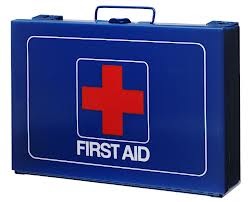 |
F. Hunter Safety Trail Challenge
1) Hunter Safety Trail Challenge: Participants will walk through a multiple-station, pre-determined trail, designed to simulate actual hunting conditions and situations. Participants will be required to demonstrate their knowledge of hunter safety on this practical field course. NOTE: Participants will receive a YHEC hunting license (valid for Intl. YHEC Event only) and regulations at registration. Participants must sign their hunting license before starting the Hunter Safety Trail. 2) The Hunter Safety Trail Challenge will be conducted with participants moving from station to station with each situation varying greatly. Participants may be tested and scored on the “dos" and "don'ts" of firearms safety and "shoot/don't shoot situations" encountered in a hunting environment. Stations may include, but are not limited to, hunter game situations, target identification, landowner relationships, and safe gun handling afield. NOTE: Participants may be required to be knowledgeable of game laws and bag limits. Information will be provided at event check-in. 3) Achievement Levels - There are four achievement levels in the Hunter Safety Trail Challenge. They are as follows: a. Hunter Safety Trail Achiever b. Hunter Safety Trail Scout c. Hunter Safety Trail Expert d. Hunter Safety Trail Master 4) Scoring - Each participant may travel to 20 stations with each station worth 15 points for correct answers and zero for incorrect answers. (A ten (10) point penalty will be assessed for each occurrence if a participant violates a safety rules.) The Hunter Safety Trail Challenge has a maximum possibility of 300 points. Failure to provide a signed hunting license at the start of the Hunter Safety Trail will result in a 20 point penalty. Safety Penalties: Any participant who receives a safety infraction on the Hunter Safety Trail will receive a 10 point penalty per infraction. 5) To achieve the different levels, participants will be required to do the following: a. Hunter Safety Trail Achiever: 5 correct answers out of 10 with a minimum score of 150 points. b. Hunter Safety Trail Scout: 6 correct answers out of 10 with a minimum score of 180 points. c. Hunter Safety Trail Expert: 7 correct answers out of 10 with a minimum score of 210 points. d. Hunter Safety Trail Master: 9 correct answers out of 10 with a minimum score of 270 points. 6) Prohibited a. Hunter education books b. Written, taped or transcribed information and reference materials c. Use of cell phones, texting or other forms of communications or communication devices between the participants, coaches or other individuals while on the course. d. No phones, cameras or video equipment are allowed at this event.  |
G. Hunting Orienteering Skills Challenge
1) Hunting Orienteering Skills Challenge: Participants will be required to demonstrate their knowledge of outdoor skills by completing a written test and accomplishing field compass skills at pre-determined outdoor stations. NOTE: Time limits may be applied to each task. A participant (or coach) may request to have the written test read to them. 2) The Hunting Orienteering Skills Challenge will be conducted with participants taking bearings with their compass. Participants may also be asked to close a triangle, identify map symbols, or define words (i.e. contour lines, scale, or declination). Note: Field compass (Leg) course will not exceed 250 yards. Participants may be asked to describe how nature provides individuals with different directions of travel (north, south, east and west, etc.). These situations, as well as others, may be used in the Hunting Orienteering Skills Challenge (not to be announced before the program). NOTE: Participating coaches must travel through course with their teams or individuals. Coaches will not be allowed to participate in map test or compass skills. Coaches will only participate in the field course part of the event. Participants will be allowed one hour to complete the three field (leg) courses. A penalty of five points will be deducted for every ten minutes of time over the one hour time limit. 3) Achievement Levels - There are four achievement levels in the Hunting Orienteering Skills Challenge. They are as follows: a. Hunting Orienteering Skills Achiever b. Hunting Orienteering Skills Scout c. Hunting Orienteering Skills Expert d. Hunting Orienteering Skills Master 4) Scoring - Participants will be asked to demonstrate compass skills and complete written, map and field questions. The Hunting Orienteering Skills Challenge has a possibility of 300 points. 5) To achieve the different levels, participants will be required to do the following: a. Hunting Orienteering Skills Achiever: Score a minimum total of 120 points. b. Hunting Orienteering Skills Scout: Score a minimum total of 180 points. c. Hunting Orienteering Skills Expert: Score a minimum total of 240 points. d. Hunting Orienteering Skills Master: Score a minimum total of 270 points. 6) Only compasses may be used on the Hunting Orienteering Skills Challenge course. The information for this event has been taken from NRA's The Hunter's Guide (see Section V, E. 2 for ordering information), the U.S. Department of the Interior - U.S. Geological Survey Topographic Map Symbols publication - ISBN 0-607- 84384-5 (contact 1-888-275-8747 for ordering information), The Backcountry Classroom by Jack Drury and Bruce F. Bonney, Compass and Map Navigator Book - The Complete Guide to Staying Found by Michael Hodgson. (These Nexus publications as well as other orienteering resource materials, may be purchased through The Brunton Co., 620 East Monroe Avenue, Riverton, WY 82501 - 800-443-4871), Be Expert With Map And Compass – The Complete Orienteering Handbook by Bjorn Kjellstrom. (This Silva Compass publication may be purchased through Johnson Camping, P.O. Box 966, Binghamton, NY 13902, or by calling 1-800 847-1460.) 7) Permitted a. Pacing chart for yardage. Prohibited a. Calculators b. Orienteering books c. Written, taped or transcribed information and reference materials d. Electronic equipment including electronic or battery-operated compasses e. Use of cell phones, texting or other forms of communication or communication devices between the participants, coaches or other individuals while on the course. f. Tripods or other means of support for compass g. Crossing established boundary (marked/orange ribboned) lines. |
H. Hunting Wildlife Identification Challenge
1) Hunting Wildlife Identification Challenge: Participants will walk through a multiple station field and/or woodland course in a natural setting. The course is designed to simulate actual wildlife-sign encounters while outdoors. 2) The Hunting Wildlife Identification Challenge will be conducted with participants observing North American game animal tracks, mounted (game or non-game) animals, and reading and identifying wildlife signs. Wildlife will constitute mounted or tanned hides, depending upon availability. Animal tracks may be original or molds made of prints. Other wildlife signs may be real or reproduced. A participant will be allowed 90 seconds per station. Stations may not be revisited. Information for this event is taken from the NRA's The Hunter's Guide (see Section V, E. 2 for ordering information); Ducks at a Distance: A Waterfowl Identification Guide, U.S. Fish and Wildlife Service; Peterson Field Guides® – Birds of Eastern and Central North America; Peterson Field Guides® -- Western Birds; and Peterson Field Guides ® – Mammals of North America. These books may be purchased through local retail stores, through Houghton Mifflin Company, Wayside Road, Burlington, MA 01803, or by calling 1-800-225-3362. NOTE: Participating coaches must travel through course after their teams or individuals have gone through. 3) Achievement Levels - There are four achievement levels in the Hunting Wildlife Identification Challenge. They are as follows: a. Hunting Wildlife Identification Achiever b. Hunting Wildlife Identification Scout c. Hunting Wildlife Identification Expert d. Hunting Wildlife Identification Master 4) Scoring - Participants may be asked to identify 30 animals, tracks or wildlife signs, each worth 10 points for correct answers and zero for incorrect answers. The Hunting Wildlife Identification Challenge has a maximum possibility of 300 points. 5) To achieve the different levels, participants will be required to do the following: a. Hunting Wildlife Identification Achiever: 10 correct answers out of 30 with a minimum total of 100 points. b. Hunting Wildlife Identification Scout: 17 correct answers out of 30 with a minimum total of 170 points. c. Hunting Wildlife Identification Expert: 24 correct answers out of 30 with a minimum total of 240 points. d. Hunting Wildlife Identification Master: 28 correct answers out of 30 with a minimum total of 280 points. 6) Prohibited a. Wildlife identification books b. Written, taped or transcribed information and reference materials c. Electronic equipment d. Use of cell phones, texting or other forms of communications or communication devices between the participants, coaches or other individuals while on the course.  | 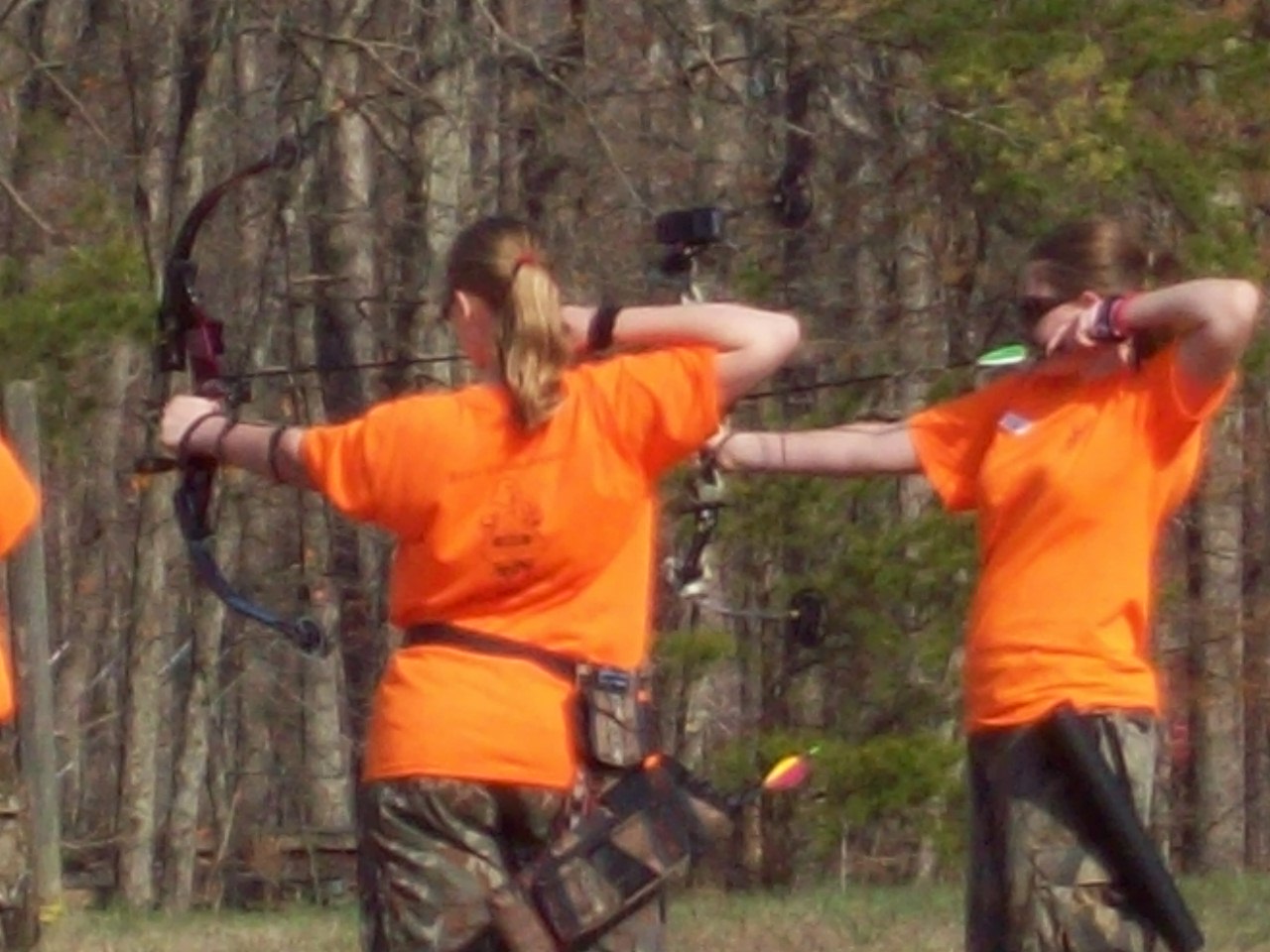
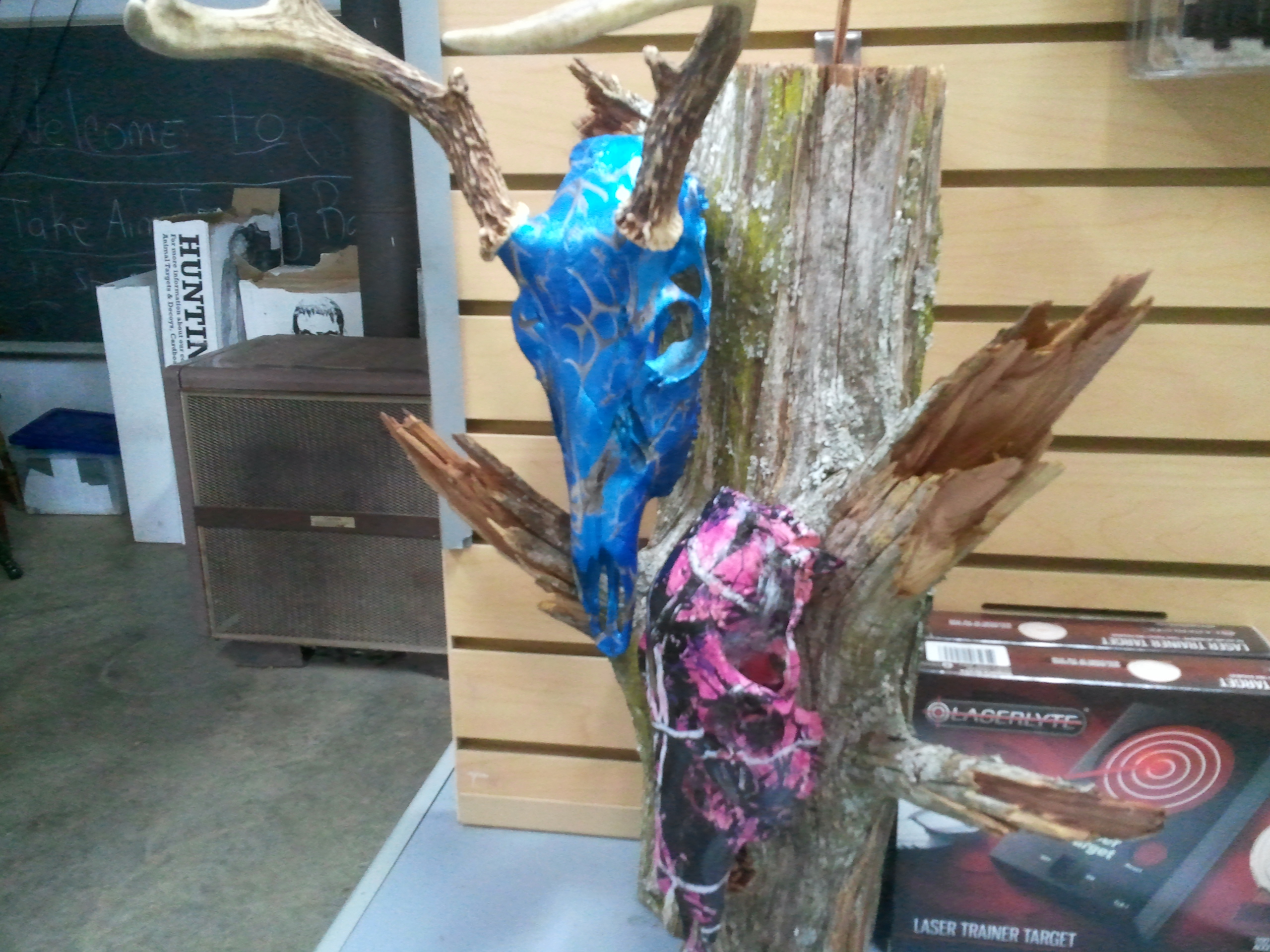  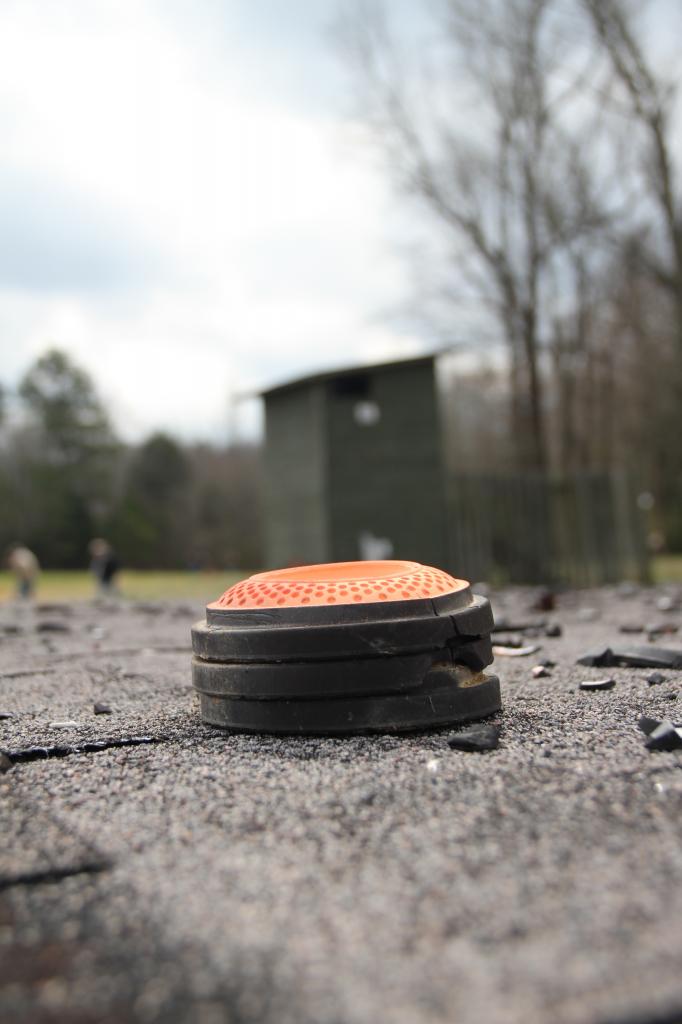 |
